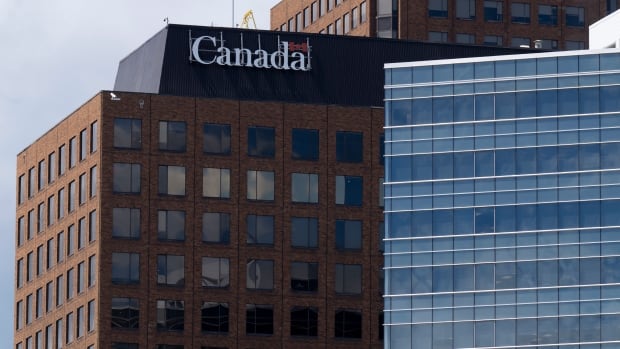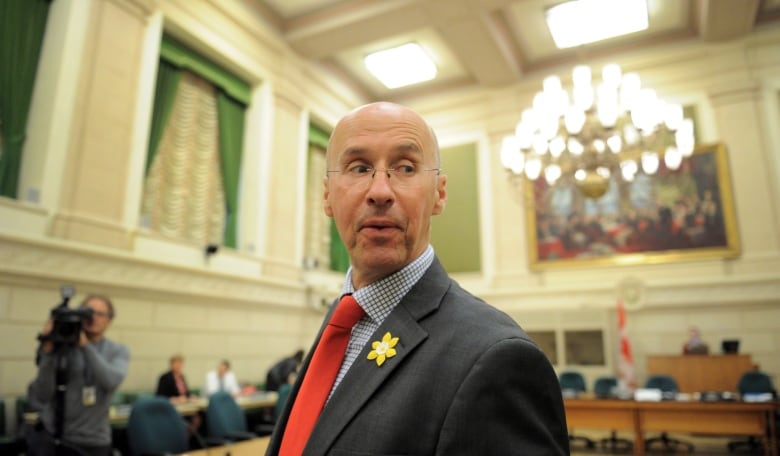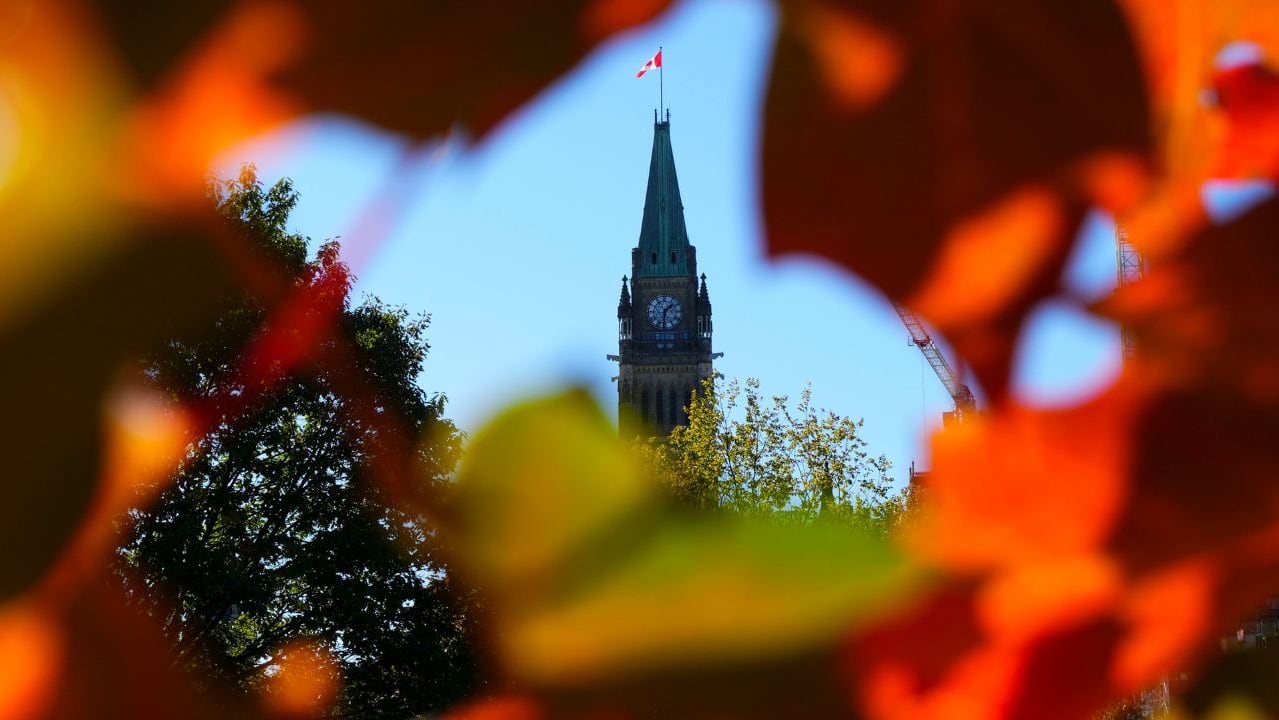
A pandemic-fuelled hiring spree has grown the federal civil service by more than 35,000 people since April 2020, according to a CBC News analysis, helping add billions to Ottawa’s payroll costs.
Figures supplied by the Treasury Board and other ministries and departments show the federal government added 19,151 jobs in the fiscal year ending March 31, 2021, and another 16,356 positions in fiscal 2022. All told, the feds now employ 335,957 people across the country: a 12 per cent increase from pre-COVID times, and the greatest number of public servants in Canadian history.
An additional 28,176 bureaucrats were on long-term leave in 2022, not receiving their full salaries, but many of whom remain eligible for taxpayer-funded top-ups, benefits, insurance and pension contributions.
In fiscal 2021 Ottawa spent $59.623 billion on personnel costs, including salaries, pensions, benefits and overtime, an increase of $4.438 billion from the prior financial year. Payroll costs for 2022 likely increased by a similar amount, although the final figure won’t be available until the Public Accounts are published in December.
The super-charged rate of growth during the pandemic surprises even the former Parliamentary Budget Officer.
“That’s a substantive increase,” said Kevin Page, an economist who now heads the Institute of Fiscal Studies and Democracy at the University of Ottawa. “It’s growing well in excess of five per cent a year, which is much, much faster than the private sector and faster than the rate of growth in the real economy.”
The bulk of the pandemic-era hiring occurred across just four government departments:
- The Canada Revenue Agency (CRA) — charged with administering the Canada Emergency Wage Subsidy (CEWS) and other COVID-19 supports — grew by 9,900 employees over the two fiscal years.
- Employment and Social Development Canada (ESDC), which is responsible for passport processing and Service Canada offices, added 8,500 positions.
- Immigration, Refugees and Citizenship Canada, which has been dealing with the crises in Afghanistan and Ukraine — along with a huge backlog of visa applications — hired 1,750 people.
- The Public Health Agency of Canada (PHAC), which coordinated the national pandemic response, filled 1,900 jobs.
In emailed statements, PHAC and ESDC both said that more than half of their new hires were non-permanent positions, while the CRA noted that its workforce rises and falls with the tax season.
Overall, 82.2 per cent of federal employees were in permanent positions, while 12.4 per cent filled temporary jobs, and 5.4 per cent were termed “casual workers,” per a 2021 government-produced “snapshot” of the public service.
Increased by almost a third since 2015
The CBC News analysis shows the size of the public service has been growing steadily since 2015, when the Liberal Party took power. Over eight fiscal years, Ottawa has hired an additional 79,000 employees, expanding the federal workforce by almost 31 percent. And head counts have increased in 79 of the 84 government departments and agencies that have been in continuous operation over that period.
The public service data doesn’t include members of the Canadian military, or civilian or uniformed employees of the RCMP. According to the latest available figures, the Department of National Defence had 93,252 employees in fiscal 2019, while the RCMP employed 31,119.
A CBC News analysis reveals the federal civil service grew by more than 35,000 people over the two-year COVID-19 pandemic — a 12 per cent increase, with four government departments accounting for the lion’s share of the new jobs.
Nor does it reflect workers at Crown corporations such as Canada Post, VIA Rail, or CBC/Radio-Canada.
The workings of government have made the rapid expansion of the federal bureaucracy difficult to track, says Page.
“The overall picture of what is happening to the public service — how many employees? What’s the wage bill? — It’s pretty much buried,” said Page. “No one is really monitoring this.”
Back in 2012, when Page was still working for Parliament, he prepared a report that found the average public servant cost taxpayers more than $114,000 a year in total compensation. The growth of federal wages and benefits had outpaced both inflation, and other private and public employers, for 13 years running.

The most recent figure available from the Office of the Parliamentary Budget Officer, for the 2019 fiscal year, puts the average cost at $121,000.
Page believes the public deserves more transparency.
“There is no strategic human resource plan you know for the Government of Canada,” he said. “There’s no evidence whether or not we’ve made really good hiring decisions with the significant increase in the complement of the public service.”
The growth of the public service in both size and cost is also a concern to private-sector lobby groups like the Canadian Federation of Independent Business. Dan Kelly, the organization’s president and CEO, says a temporary uptick to respond to the challenges of COVID-19 and the cratering global economy made sense, but now he worries about long-term sustainability.
“We’re potentially heading into a recession. A giant civil service is not going to help us in terms of remaining lean enough to be able to respond to challenges and prevent further tax increases to pay for it all,” said Kelly.
He wonders why Ottawa’s answer to every problem seems to be increasing head counts.
“The federal government likes to talk about, you know, changing business models and is lecturing businesses about going online and digitizing their services,” said Kelly. “Meanwhile, there is precious little of that happening within government itself.”
Mona Fortier, the federal cabinet minister who serves as president of the Treasury Board, declined a CBC News interview request, but in a statement defended the government’s hiring record, saying Ottawa is keeping a close eye on costs during ongoing negotiations with public service unions.
“Our government is focused on delivering support for Canadians who need it most while responsibly managing public funds,” said the statement. “The government is committed to negotiating in good faith and to reaching agreements that are fair to employees and reasonable for Canadians.”
What would you cut instead, asks economist
The Public Service Alliance of Canada, the largest public service union, has been seeking a 13.5 per cent wake hike over three years. The latest government offer is eight per cent over four years.
The public service has shrunk at various times — most recently during the final five years of the Stephen Harper government when the federal bureaucracy was reduced by almost 26,000 positions between 2010 and 2015.
But as economist Armine Yalnizyan notes, its size proportionate to Canada’s growing population and overall workforce has remained relatively small and stable — 0.87 per cent and two percent, respectively, in 2022.
“I guess you could complain about the growth in cost as more people were added. But then I would ask you to question what would you cut if you didn’t want to add that cost? What kind of services would you not want? Maybe less emergency pandemic response income supports, maybe fewer wage subsidies, maybe fewer temporary foreign workers, maybe less training or EI?” asked Yalnizyan, an Atkinson Fellow for the Future of Workers.
“You know, all of these things come with a price tag.”
Yalnizyan says bureaucrats are always a soft target, and a useful distraction from bigger, systemic issues of inequality in the economy.
“We are very much into a war of worker against worker, public sector against private sector, unionized worker against un-unionized worker like it’s now the workers fault. It’s the government’s fault. Everybody’s got a straw dog to kick,” she said.
“But it isn’t workers that are to blame. It’s a whole series of factors that are actually hard to address because they didn’t come from anybody doing the wrong thing.”
Jonathon Gatehouse can be contacted via email at [email protected], or reached via the CBC’s digitally encrypted Securedrop system at https://www.cbc.ca/securedrop/
